The Forest of Dean has a wealth of history. It's been inhabited by humans since Mesolithic times. Archaeological evidence shows that it was used during the Bronze and Iron Age. It was used by the Romans and was the second largest Royal Hunting Forest (Crown Forest). The largest being the New Forest. So it has a long history of being used as a hunting ground and it's harvest used to feed humans. There is also evidence of it being used as an ancient sea port.
There are now large herds of Fallow Deer Present. I've personally seen all morphological types, Common, Menil, Melanistic and White Fallow Deer. With no natural predators the numbers of fallow deer have to managed annually.
Wild Boar became extinct around 300 years ago in the UK. The Forest of Dean population is the largest of the breeding populations that now exist in England. The original population established in woodlands near Ross-on-Wye after escaping from a wild boar farm in the area during the 1990’s. However, in 2004 a group of around 60-farm reared wild boar were dumped in an illegal release near the village of Staunton on the western edge of the Forest above the Wye Valley. By 2009 it was clear that the two populations had merged. The numbers are an estimated 800+ Wild Boar in the forest. The signs of the routing boar is clear to see, over much of the forest. The Boar also therefore require management. Much of the venison and boar meat goes into the human food chain.
There are also Muntjac and Roe Deer in the forest. I believe now a herd of Red Deer, although I haven't seen them to date.
It's a truly beautiful and wild place.
There are no natural predictors to either deer or boar. It is estimated that around 20% of the deer in the UK need to be culled each year the the UK to prevent deer numbers escalating to unsustainable levels and to prevent significant woodland and crop damage. If the deer were not managed, the result would be a loss of woodland regeneration and a loss of woodland flora. Recently some experts suggest that 50% of the deer in the UK should be culled, in order to stop the significant rise in deer numbers, that has occured over recent years. Each year there are around 70,000 RTAs on our roads involving deer, 500 hospitalisations and around 10-20 human fatalities. If deer are not managed, these figures could rise dramatically.
The aim is always to manage the deer & boar to suistainsble numbers and not to eliminate them. This is important to ensure a healthy population and a balanced ecosystem.
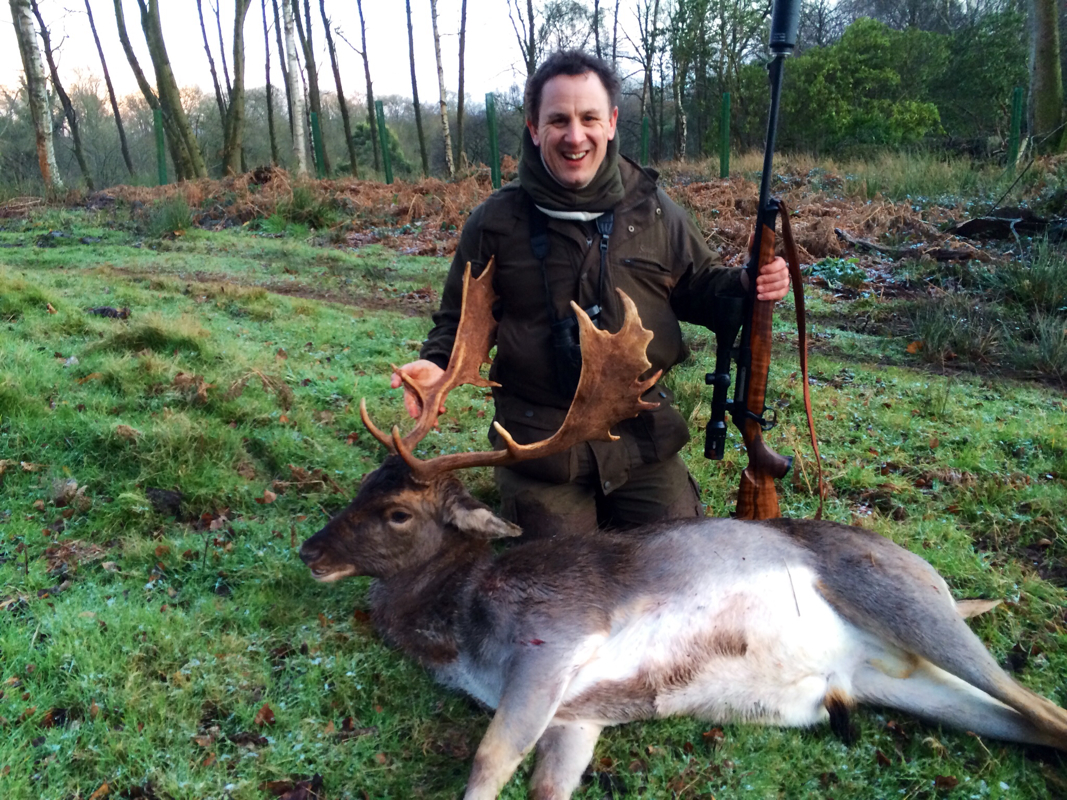
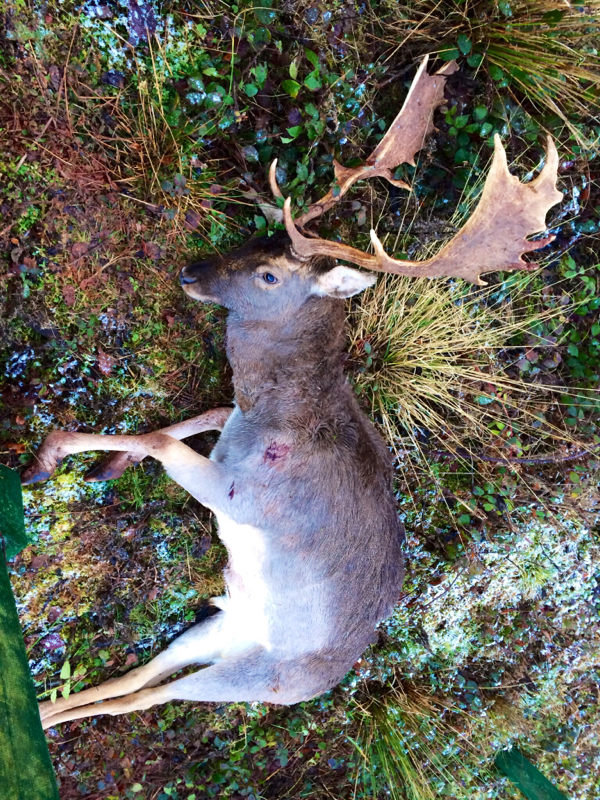


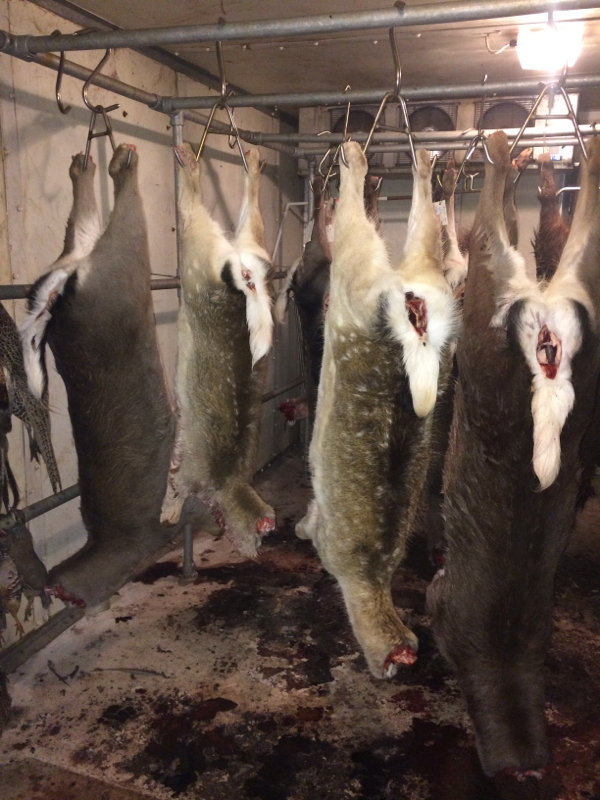
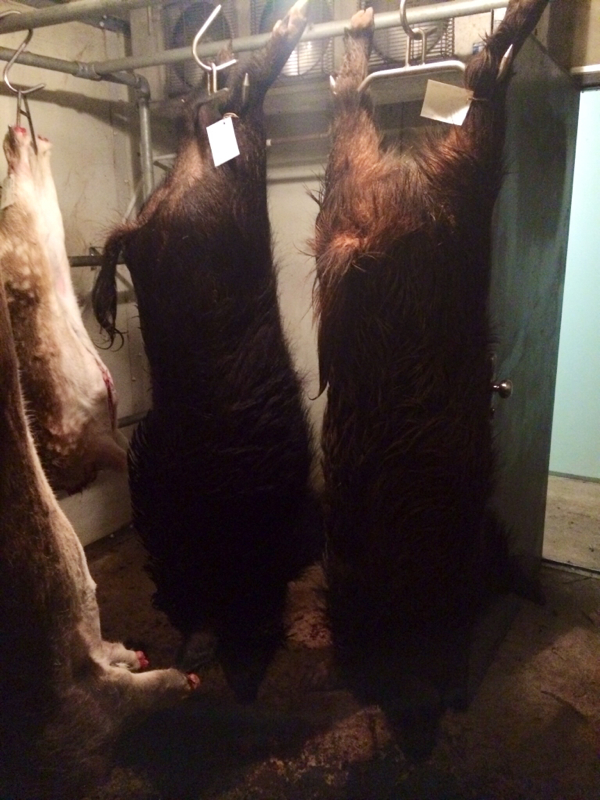
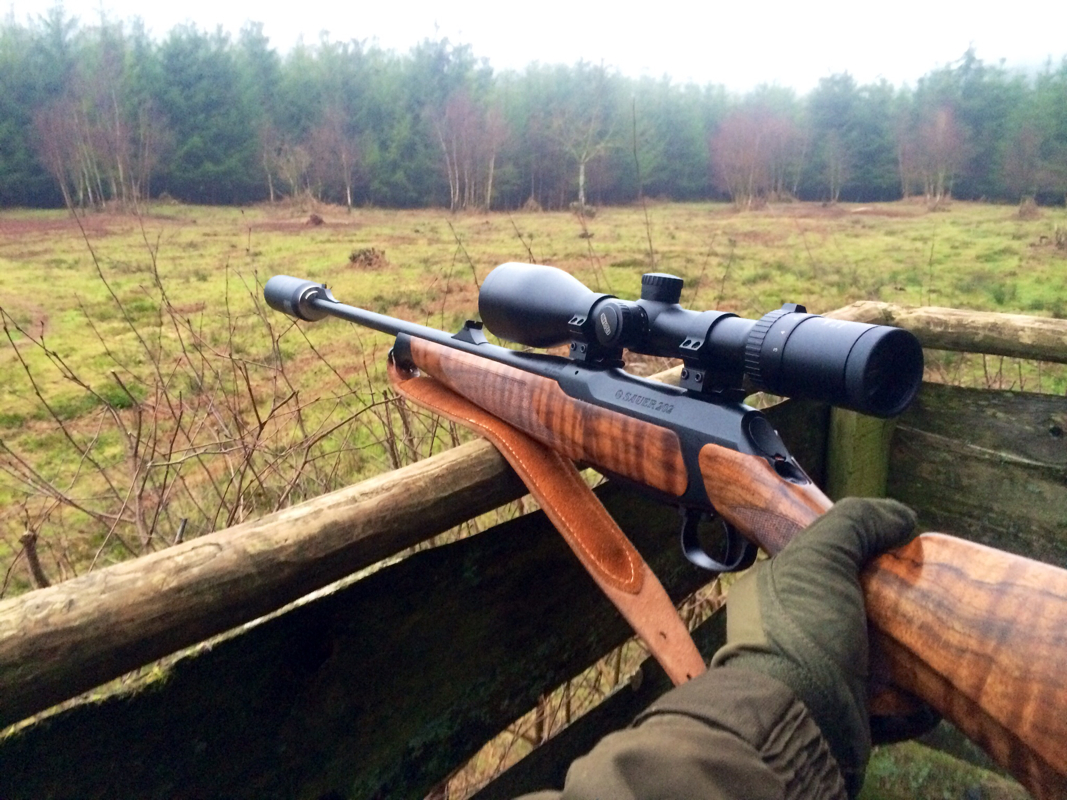
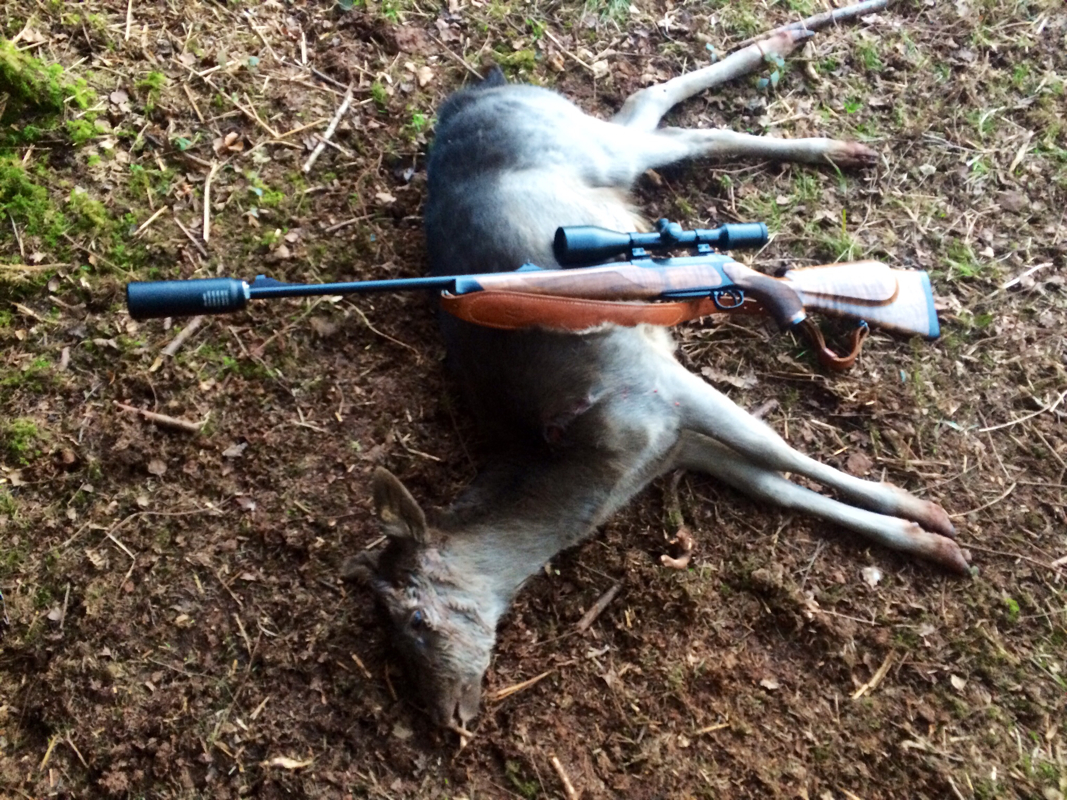
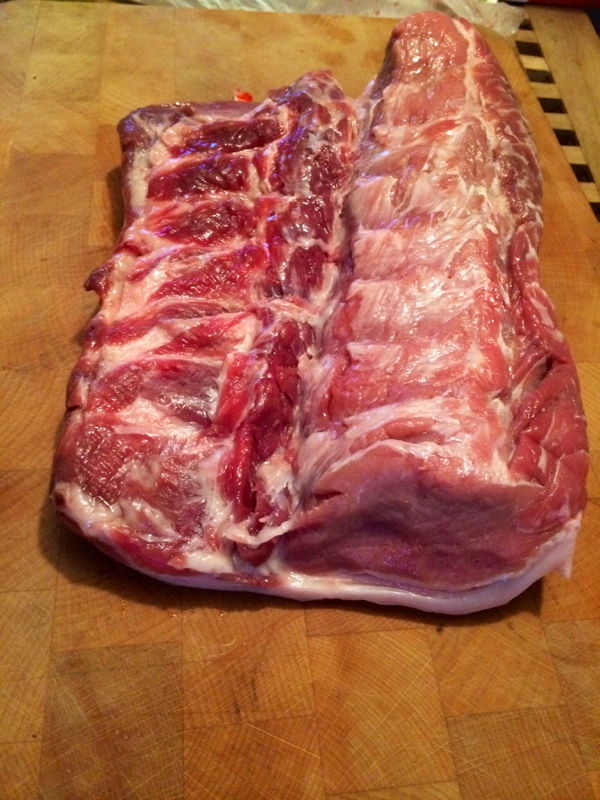
 RSS Feed
RSS Feed
